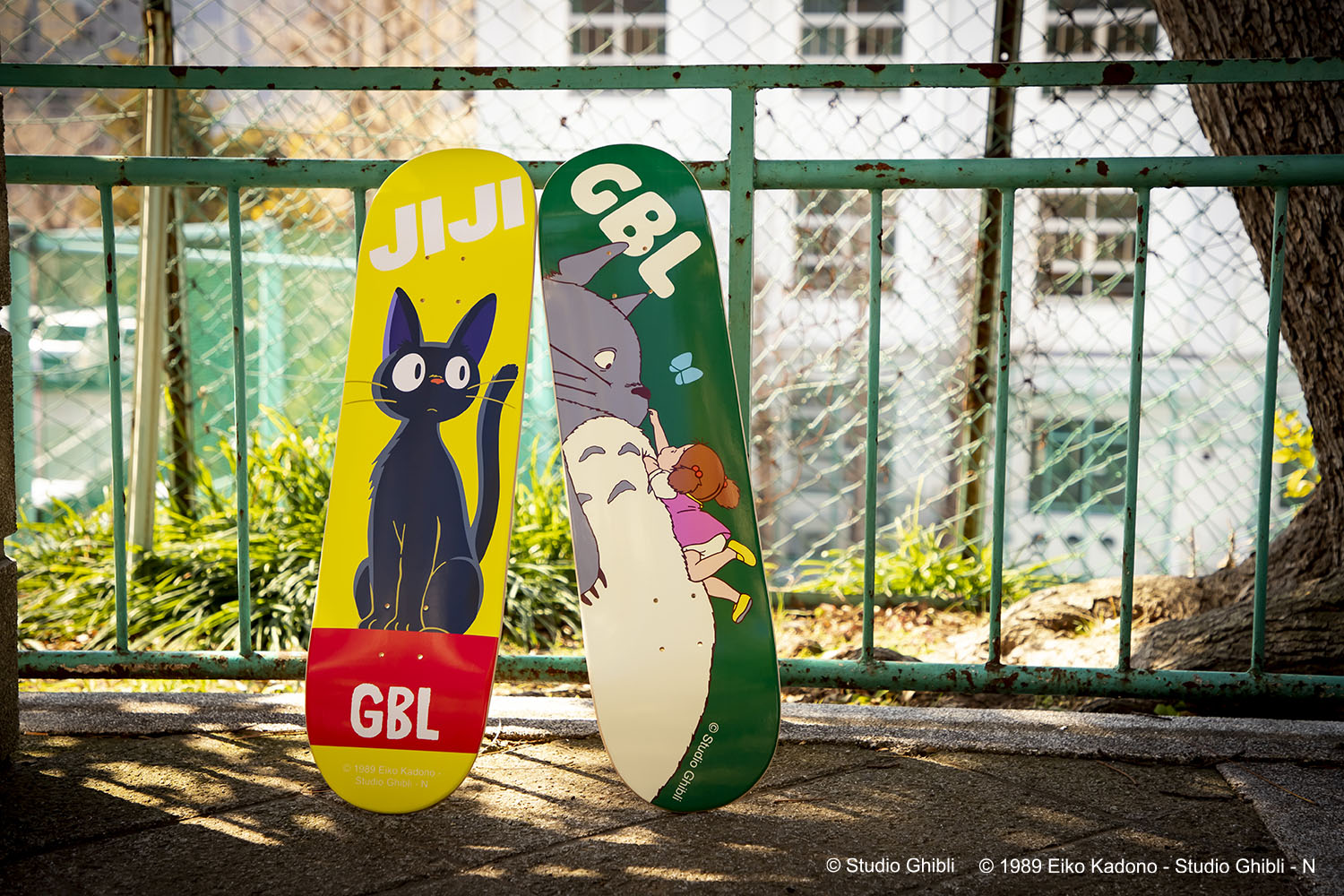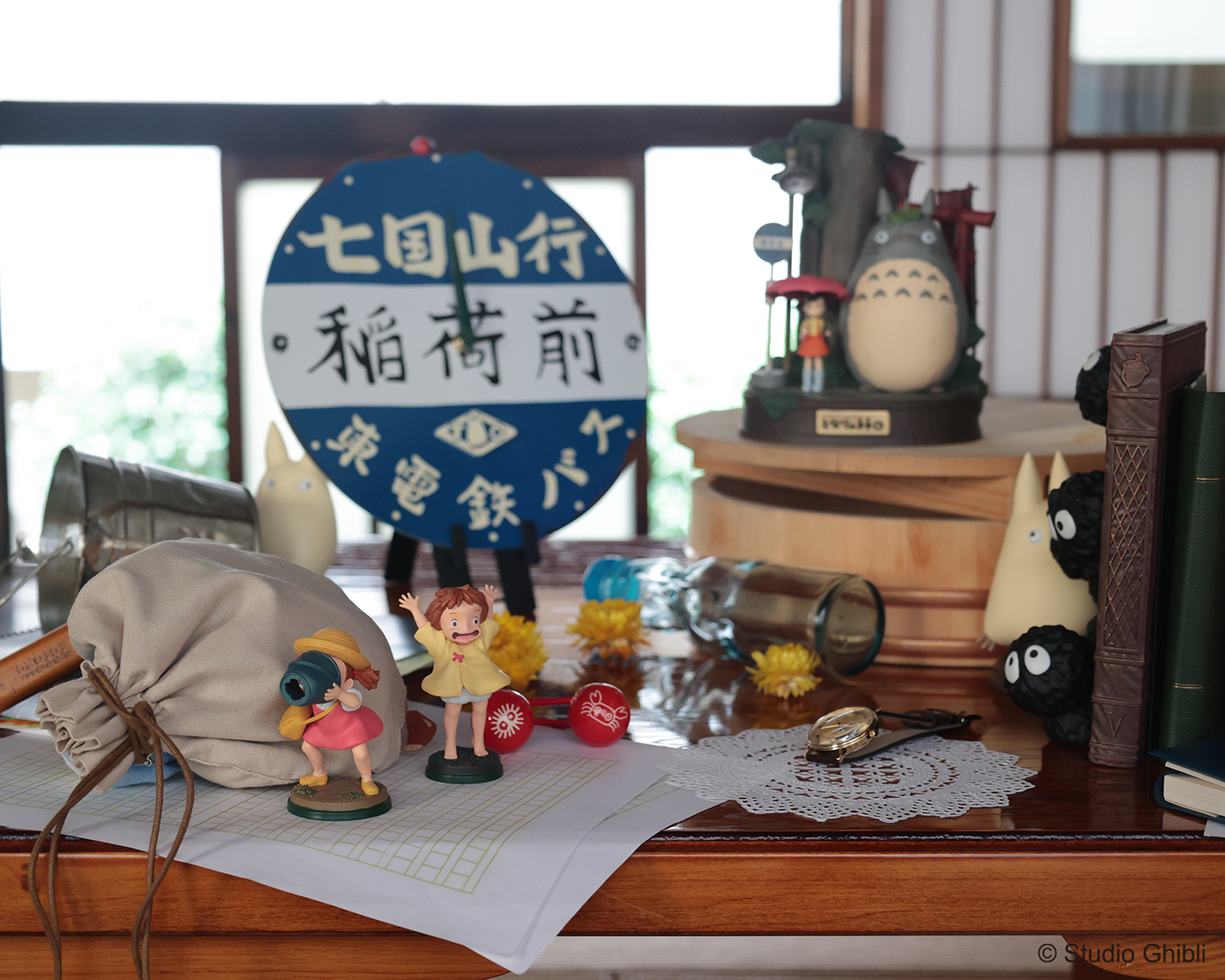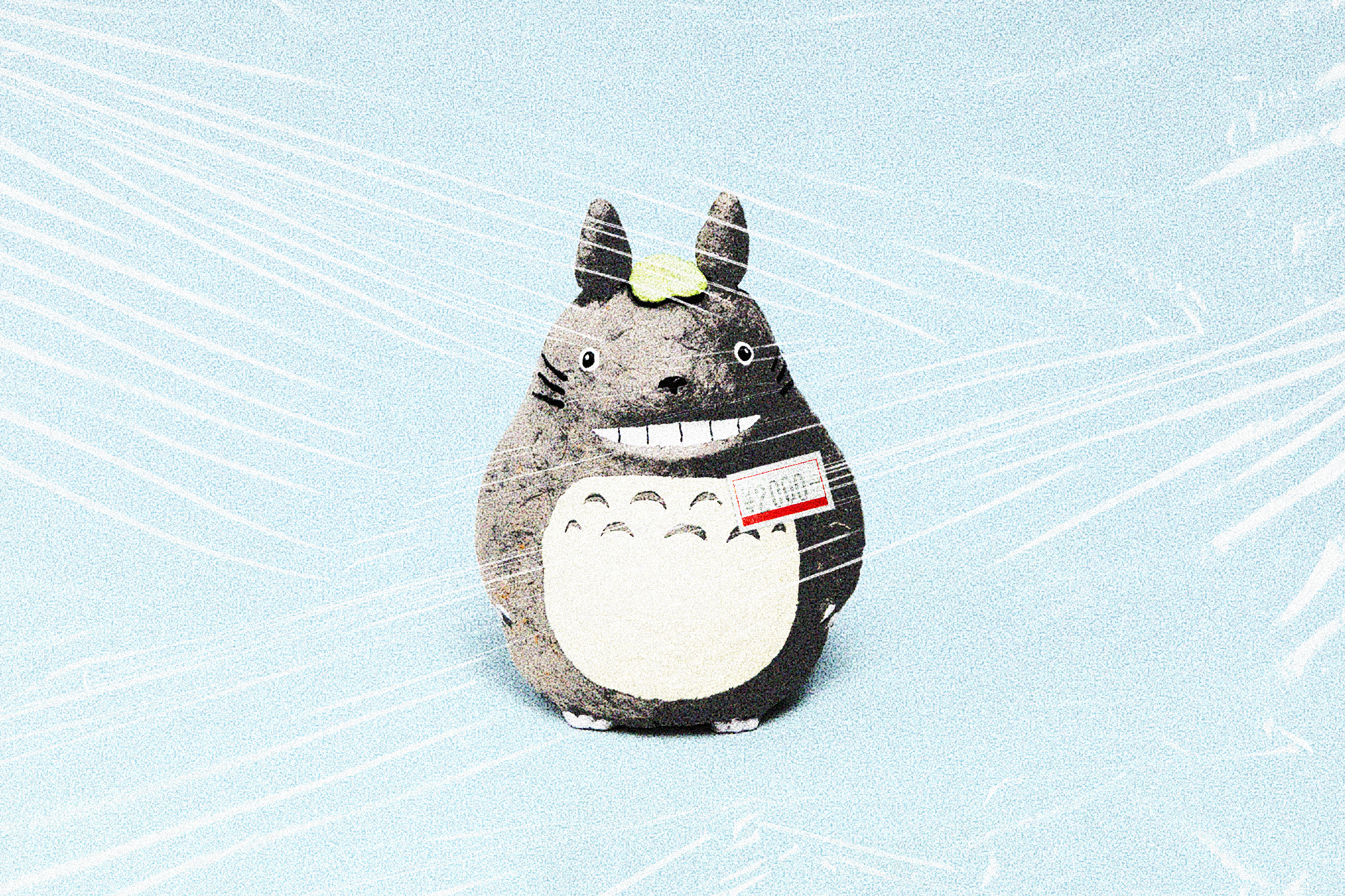When My Neighbor Totoro was first released in 1988, the film was a flop. Audiences weren’t sure what to make of the plotless structure, childlike presentation and less than 10 minutes of screentime given to the titular Totoro character. This was certainly not helped by its original theatrical run, double-billed with the tearjerker Grave of the Fireflies.
Two years later, however, approached by stuffed toy manufacturer Sun Arrow, Totoro was offered a second chance at profit off-screen. Studio Ghibli’s founders were hesitant, worried that, “if the company suddenly transformed into a producer of character goods, who could tell why it had been established in the first place?” Ultimately, they took the deal. In the first year of sales, licenses had positioned Totoro as the studio’s biggest revenue earner, with over 2 million stuffed Totoro toys sold.
Thirty-five years later, Ghibli, and its new parent company Nippon TV, sit atop a small empire of merchandise licensing. From a small studio described by producer Toshio Suzuki as, “founded to make films, on the model of a small neighborhood factory manned by a master craftsman,” Studio Ghibli has formed into an industrial behemoth.

No Face | Studio Ghibli via PR Times
A Change of Direction
While Ghibli’s films are internationally lauded for their environmental themes, the company’s network of retail stores, theme parks, gift shops, online shopping and licensed partnerships tell another story. One not of artisan production and measured coexistence with nature, but of rivers of plastic, disposable fashion and shallow corporate aesthetics.
In our recent research at the University of Tokyo, my coauthor and I examined the history of Studio Ghibli’s merchandising. Ghibli’s producers have always remained hesitant towards merchandise. Hayao Miyazaki’s distaste for materialism is no secret, plainly visible in the grotesque depictions of greed within his films.
To retain the artistic integrity of its films, Ghibli “resolved to not make more than ¥10 billion,” said Suzuki. “If we surpassed that number, we would gather all the associated companies and berate the person in charge in front of the whole group.”
However, after Miyazaki’s alleged retirement in 2014, the firm greatly expanded its merchandising efforts to make up for the loss of film production. Yet, despite the return of Miyazaki and Ghibli cinema, merchandising has been higher than ever in recent years, with its online store currently offering over 2,400 distinct products for sale.
“A few years ago, I stopped attending meetings,” continued Suzuki. “They started making more than ¥10 billion, and they kept it a secret from me. I got really mad about that.”
Mirroring the monstrous growth of Spirited Away’s No Face, the industrial tendency to grow and expand has outgrown the control of those who initially allowed for merchandising to be incorporated into the business in such levels.

Ghibli images can be found on a wide range of goods | Studio Ghibli via PR Times
A Merchandising Machine
Taken out of the forest, pressed flat onto stickers and T-shirts, and wrapped in plastic, Totoro no longer offers a representation of the majesty of nature. The film’s emotional depth, touching on loss of family and loss of countryside, has been replaced by a perpetually smiling brand image. It’s a figure on water bottles, plates, robes, cookies and at amusement parks.
Then there’s Kiki’s Delivery Service, a story of self-discovery. Now, you can buy Kiki’s identity readymade through a recreation of her iconic black dress. Instead of the messy process of forming one’s own identity, Ghibli fans can simply purchase commodified signs of a fictional identity.
The opening of the GBL store in Shibuya’s trendy Miyashita Park is indicative of this, positioning Studio Ghibli-branded clothing as markers of hip consumer identities keeping pace with the latest fast-fashion trends, rather than films.
Environmental Issues
Beyond moral or artistic qualms with Ghibli’s commodification, the much greater concern is the environmental effects on wider systems due to fan consumption. Japan produces 9 million tons of plastic waste annually. It’s also the second largest producer of plastic packaging waste in the world.
Despite the short lifespan of fandom toys, 80% of toys are never recycled nor incinerated, filling landfills, waterways and the natural environment with permanent litter. Ghibli’s licensed stores increasingly utilize FoMO marketing, with seasonal goods and gachapon games further limiting the lifespan of unsold items.
Through the commodification of Ghibli films into consumer objects, the craft skills of artisans, present in both the laborious animation of the company’s films and its characters’ lives, are replaced by shiny mass-produced plastic and polyester, molded with low-cost outsourced labor in China and the Philippines.
Studies have shown that resource consumption rates are unsustainable well beyond what increased efficiency or recycling can ever hope to account for. No greenwashed eco-toy or reusable Ghibli-branded bag is going to make things better. And no number of Levi’s branded Princess Mononoke jackets are going to bring back the spirits of destroyed forests.

Plastic Models | Studio Ghibli via PR Times
The Proliferation of Plastic
While Ghibli’s proliferation of plastic is noteworthy in the ways it cheapens and contradicts the themes of the studio’s films, Ghibli is only a minor player in a culture that’s happy to produce endless plastic figurines for increasingly diversified consumers.
This is ultimately a systemic matter. Consumers shouldn’t feel guilty for enjoying the pleasures cultivated for them by advertising firms and marketing consultants. Only regulation and environmental activism have the power to reduce consumption and prevent the worst effects of climate change.
Ghibli’s founding members are aging out of their control and participation in the company. After being purchased by Nippon TV, there’s no going back. Studio Ghibli is no longer just about films or relaying artistic themes. It’s now more about kitchenware, theme parks, toys and throwaway fashion.
It has become a process of the market, and subject to the perpetual growth inherent in contemporary economics. While Pom Poko once articulated the active struggle necessary against polluting industries, now you can buy a stuffed polyester tanuki.









